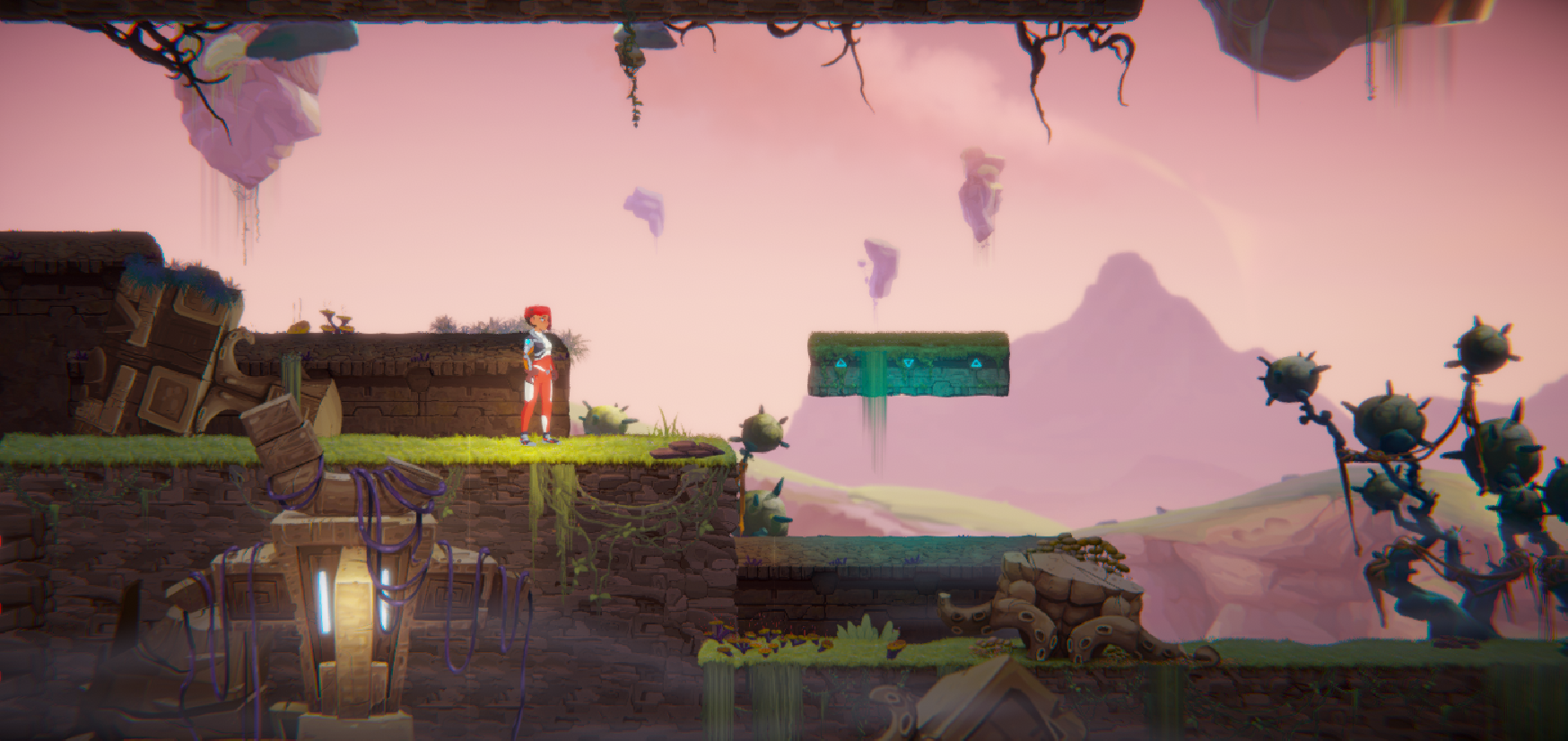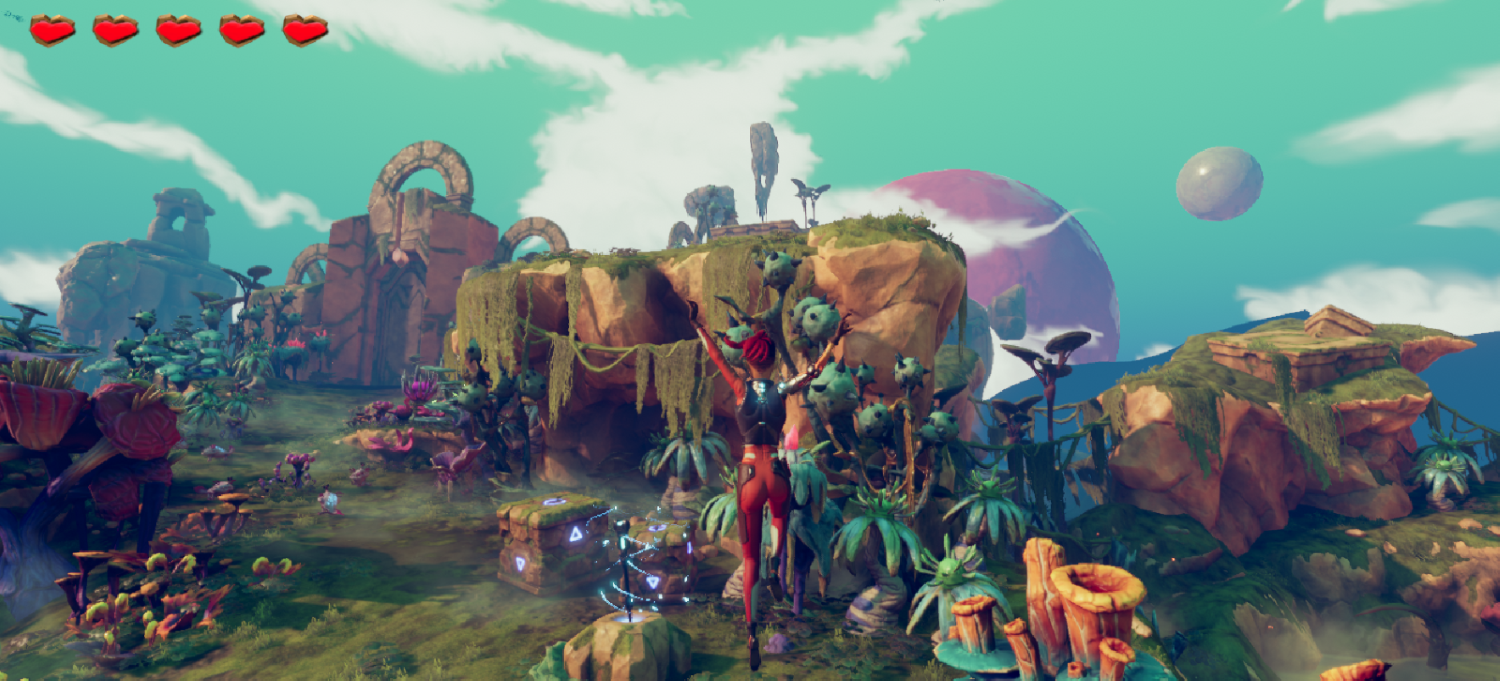When we start brainstorming a video game, there is a question we always ask ourselves: how can we define the best gameplay for this game? Before we go through some basics, we should have a clear understanding of what we consider gameplay to be.
Gameplay is the essence of our game; it defines the challenge for our players, how our world will communicate with them, and how they will communicate with it. We should not consider visuals, sounds, our plot, or history to be part of our gameplay, but different ways we can express it.
An easy way to understand this is to relate gameplay to the playability of our game. Although this doesn't mean that it can only be defined as game mechanics, we can say that it involves everything about them, for example:
- The genre
- The features our character or our enemies have
- How we can interact with our player
- How can we move them?
- What they we can? (jump, run, swim, fly, craft, and destroy)
- Features that our environment has
We find many mechanics repeated in many games, usually because they are part of what we call genres. Video games that belong to the same genre tend to be similar in some of their basic mechanics, which means in their basic gameplay.
There are many genres in the video game industry, so we will point out the one that we are going to be working with in Hands-On Game Development without Coding and talk about it in detail, which is the platform genre.
Whenever somebody mentions platform games, also known as platformers, we can't stop ourselves from thinking of one particular game, Mario Bros. But is it OK to think of platformers only as 2D side scrollers? Of course not, there are many ways in which a platformer game can grow, and depending on whether we are planning 2D or 3D, it might grow in very different directions.








































































